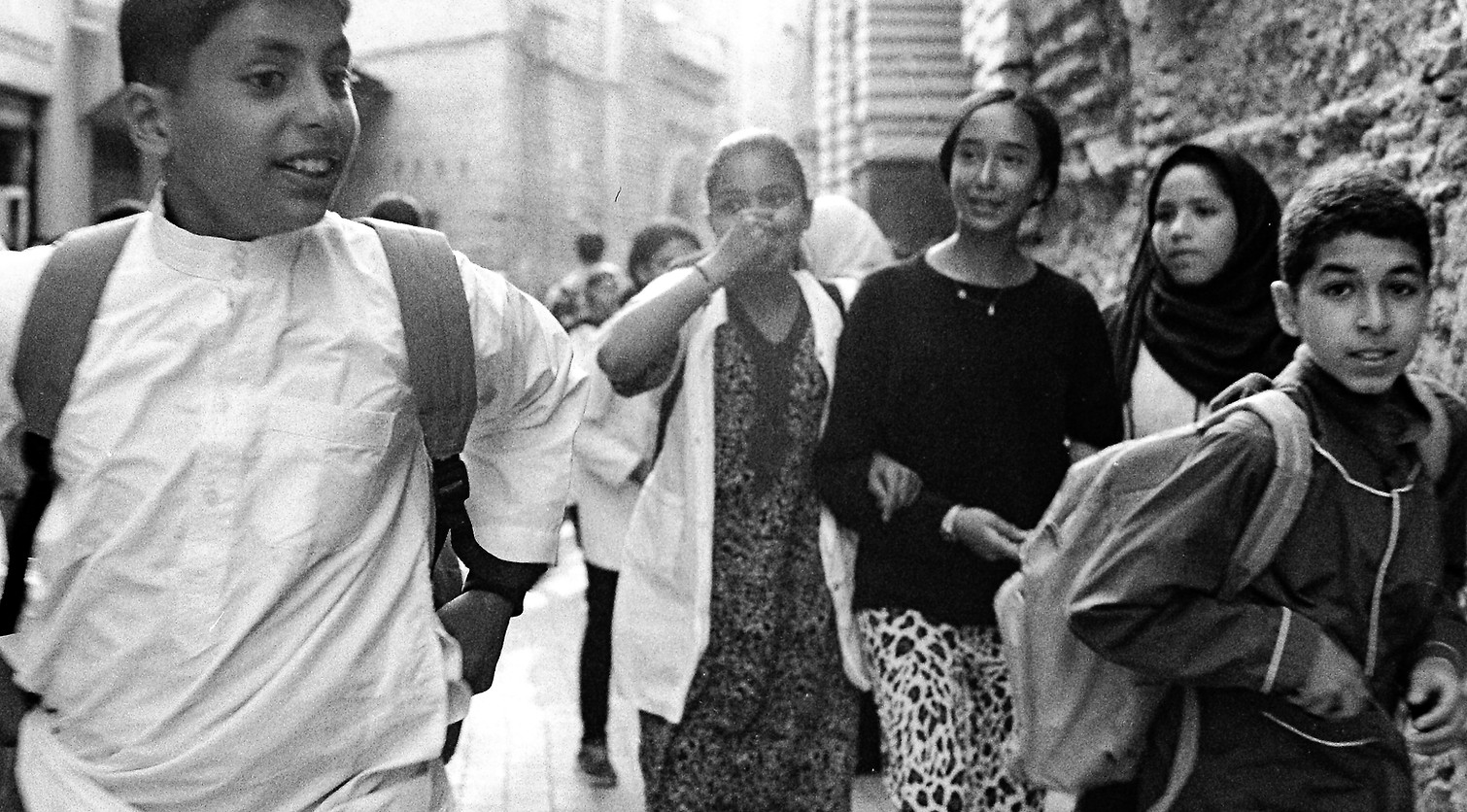

Oğuz Kemal Başar is a landscape architect, photographer, and cultural & environmental researcher. His work lies at the intersection of design, ecology, and storytelling, with a strong focus on traditional ecological knowledge and the shaping of cultural landscapes. He studied architecture and landscape architecture at Politecnico di Milano and is currently pursuing a PhD in Protection of Mountain Areas and Ecology at the Free University of Bozen-Bolzano, where he develops a multidisciplinary approach that combines ethnography, fieldwork, and visual documentation.
For over a decade, he has worked with black-and-white analog photography and darkroom printing, using visual narratives to explore human–landscape relationships. He has contributed to numerous projects in Alpine regions centered around cultural heritage and sustainable land practices. Oğuz is also the co-founder of A30 Studio, an architecture office based in Istanbul, where he continues to engage with rural and ecological design pactices.

Photography
Foot Prints is a long-term documentary photography series that offers an intimate look into the everyday lives of diverse cultures across different geographies. Captured entirely with a 1971 Canon F-1 analog camera, the series embraces the timeless language of black&white photography to underline both visual depth and the subtle contrasts within societies. Photography, for Oğuz Kemal Başar, is more than a visual record, it is a tool for revealing the layers of cultural landscapes and human stories. This project reflects a multidisciplinary and anthropological perspective, opening a window into the rhythms, textures, and emotions of daily life in independent and often overlooked places.

Research
Pastoralist Landscapes is a research project supported by the Free University of Bozen-Bolzano that explores how shepherds living in mountainous regions shape cultural landscapes through traditional ecological knowledge. Combining ethnographic and ecological methods, the project investigates local practices of pasture management and reveals the often invisible transhumance routes that define seasonal movement and land use.